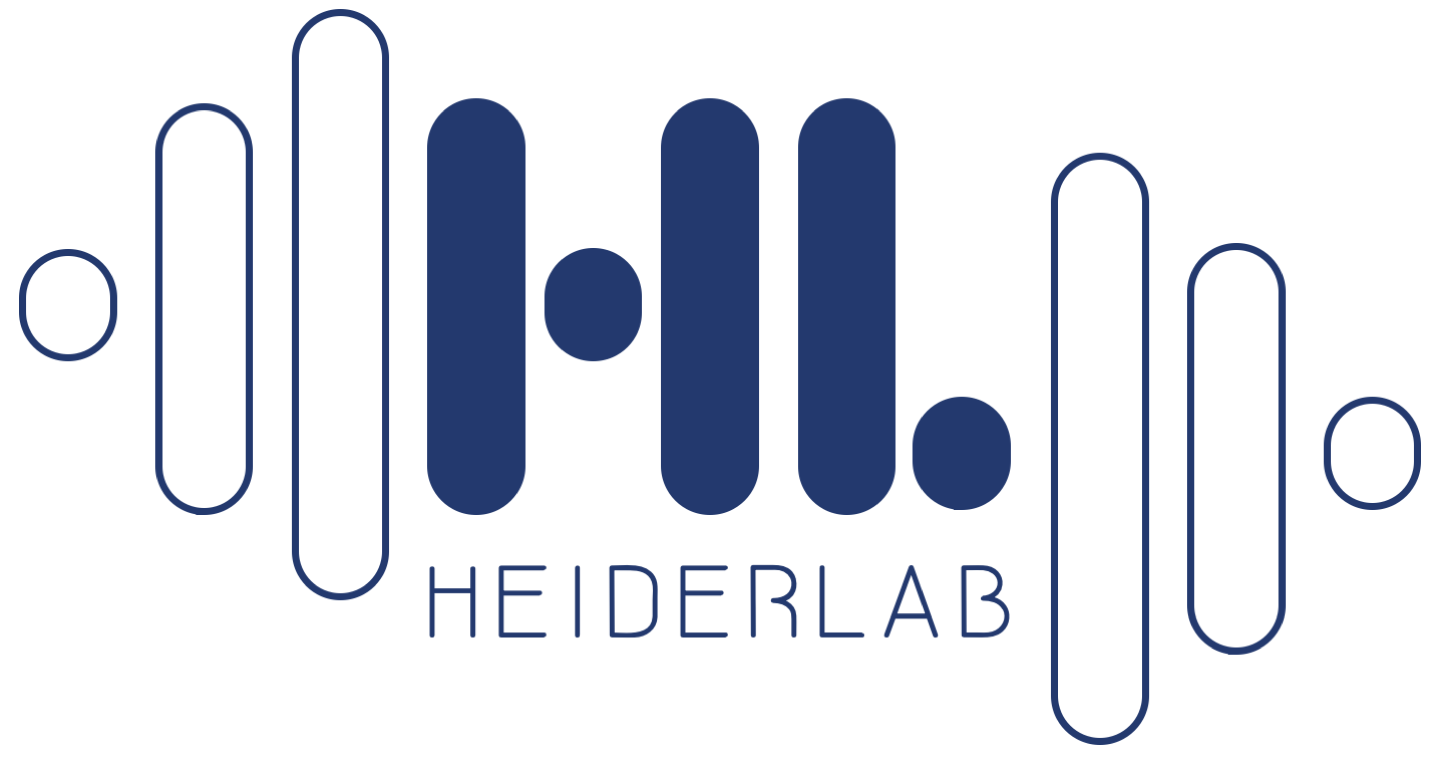New publication!
Our new article has been accepted in Bioinformatics:
Hauschild AC, Lemanczyk M, Matschinske J, Frisch T, Zolotareva O, Holzinger A, Baumbach J, Heider D: Federated Random Forests can improve local performance of predictive models for various health care applications. Bioinformatics 2022, btac065 (Link)
Abstract
Motivation
Limited data access has hindered the field of precision medicine from exploring its full potential, e.g., concerning machine learning and privacy and data protection rules.
Methods
Our study evaluates the efficacy of federated Random Forests (FRF) models, focusing particularly on the heterogeneity within and between datasets. We addressed three common challenges: (i) number of parties, (ii) sizes of datasets, and (iii) imbalanced phenotypes, evaluated on five biomedical datasets.
Results
The FRF outperformed the average local models and performed comparably to the data-centralized models trained on the entire data. With an increasing number of models and decreasing dataset size, the performance of local models decreases drastically. The FRF, however, do not decrease significantly. When combining datasets of different sizes, the FRF vastly improve compared to the average local models. We demonstrate that the FRF remain more robust and outperform the local models by analyzing different class-imbalances.
Conclusion
Our results support that FRF overcome boundaries of clinical research and enables collaborations across institutes without violating privacy or legal regulations. Clinicians benefit from a vast collection of unbiased data aggregated from different geographic locations, demographics, and other varying factors. They can build more generalizable models to make better clinical decisions, which will have relevance, especially for patients in rural areas and rare or geographically uncommon diseases, enabling personalized treatment. In combination with secure multi-party computation, federated learning has the power to revolutionize clinical practice by increasing the accuracy and robustness of healthcare AI and thus paving the way for precision medicine.

